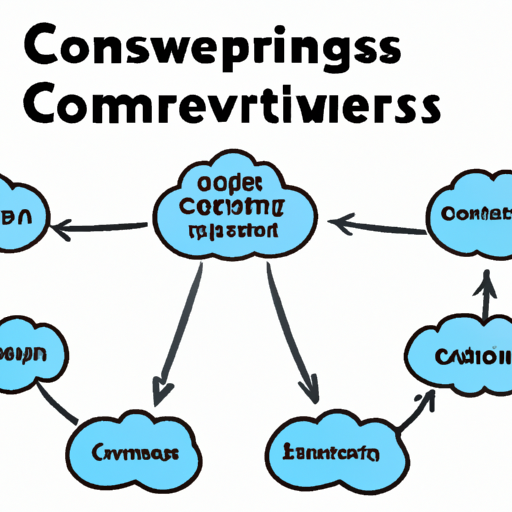Serverless computing has emerged as a revolutionary cloud computing paradigm that allows developers to build and run applications without the need to manage servers. This innovative approach helps businesses focus on coding while cloud providers manage the infrastructure. In this blog post, we will explore the benefits of serverless computing and highlight some real-world use cases.
What is Serverless Computing?
Serverless computing doesn’t mean there are no servers involved; rather, it frees the developer from the burden of server management. With serverless architecture, developers can deploy code in response to events, automatically scaling on demand without the need for provisioning or managing servers.
The Benefits of Serverless Computing
- Cost-Efficiency: Serverless computing follows a pay-as-you-go pricing model, where users only pay for the computation resources they consume. This eliminates the cost of idle server time.
- Automatic Scaling: Serverless platforms automatically scale applications based on the number of incoming requests, ensuring optimal performance regardless of the workload.
- Reduced Time to Market: Developers can focus on writing code without worrying about underlying infrastructure, leading to faster development cycles and quicker deployments.
- Enhanced Flexibility: Serverless computing allows developers to use various programming languages and frameworks, making it easier to adapt and innovate.
Use Cases for Serverless Computing
Serverless computing is suitable for a variety of applications. Here are some notable use cases:
- Web Applications: Build scalable web applications that automatically adjust to traffic without manual intervention.
- API Backends: Create and manage robust APIs that respond to requests in real-time, ideal for mobile and web applications.
- Data Processing: Execute data processing tasks in response to data events, such as streaming data or batch processing.
- IoT Applications: Manage and process data generated by IoT devices, allowing event-driven architectures to handle incoming data efficiently.
Conclusion
Serverless computing is transforming the way developers build applications, offering significant benefits like cost-efficiency, automatic scaling, and reduced time to market. As businesses continue to embrace digital transformation, leveraging serverless architecture can provide a competitive advantage. Consider adopting a serverless framework for your next project to experience these benefits firsthand.
Get Started with Serverless Computing
If you’re ready to dive into serverless computing, start by exploring popular platforms like AWS Lambda, Microsoft Azure Functions, and Google Cloud Functions. Each platform offers extensive documentation and tutorials to help you set up your serverless applications effectively.
For more insights into cloud computing and serverless architecture, stay tuned to our blog!




